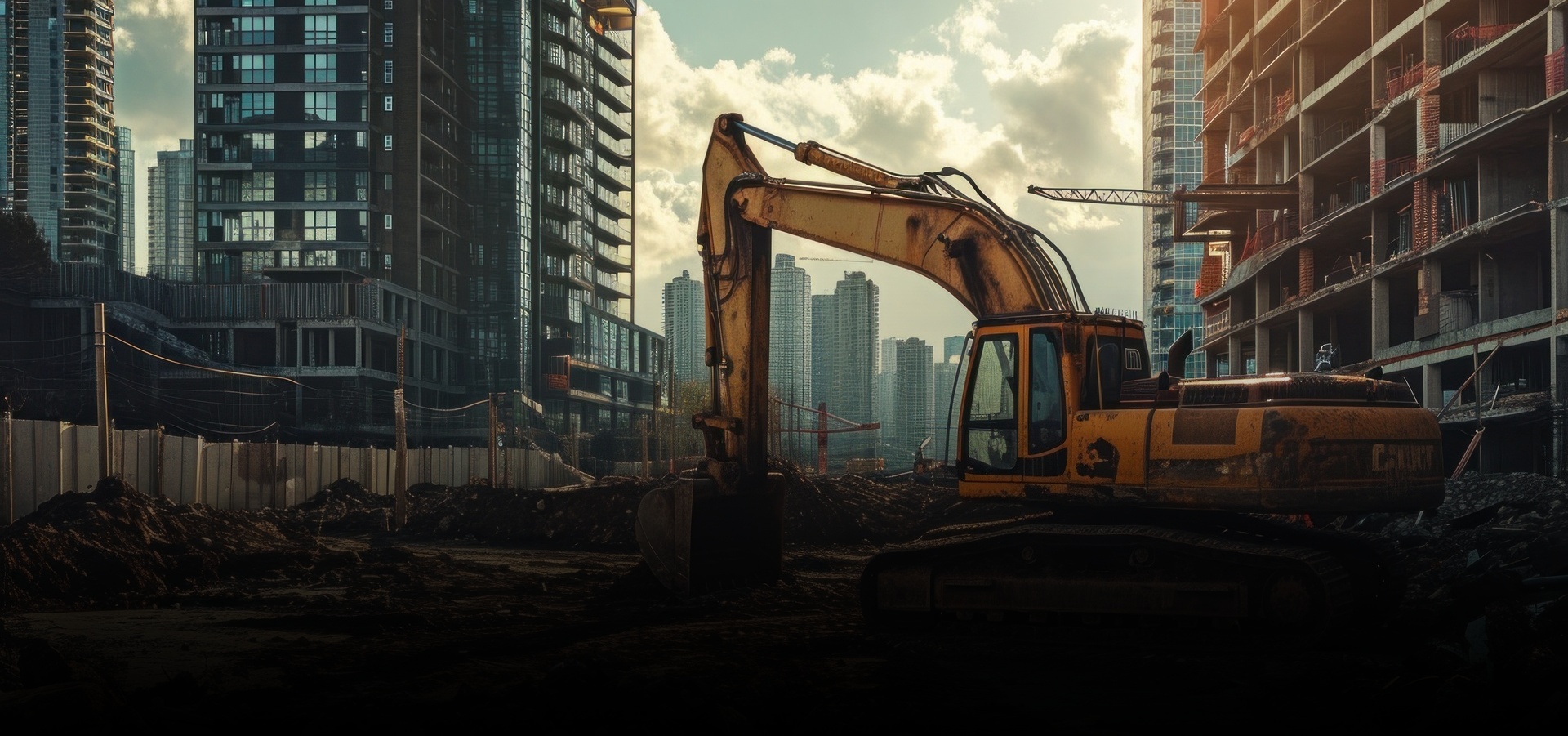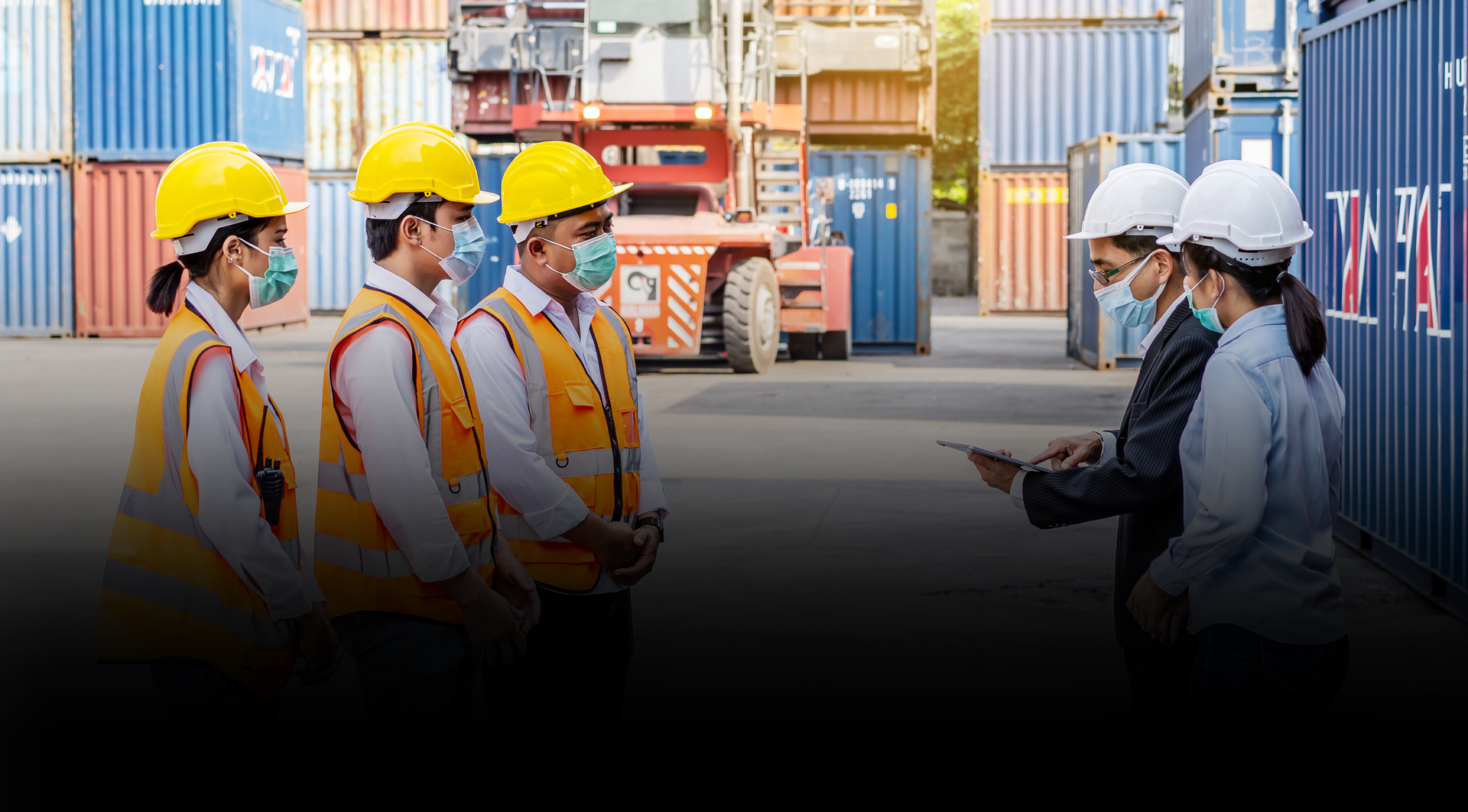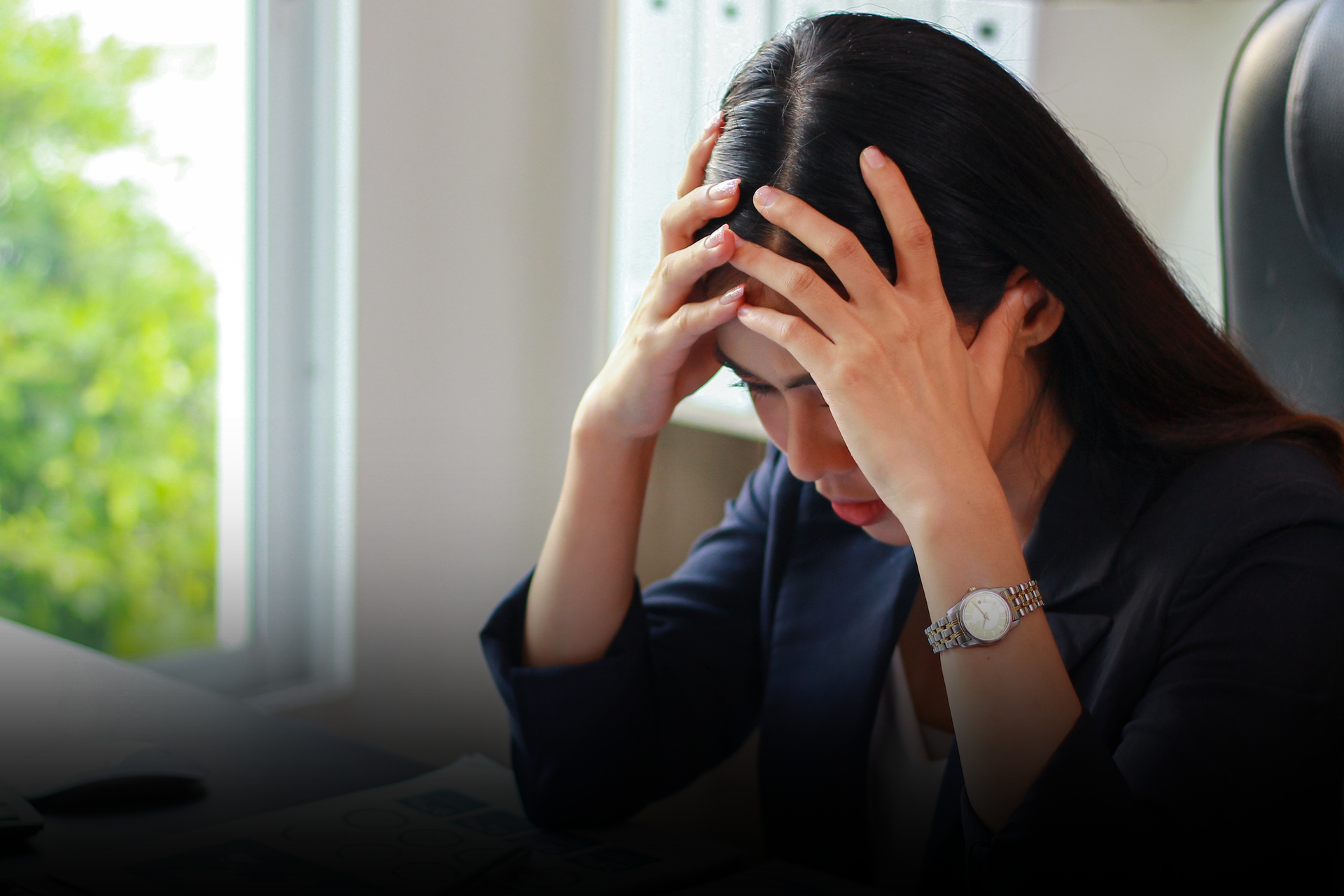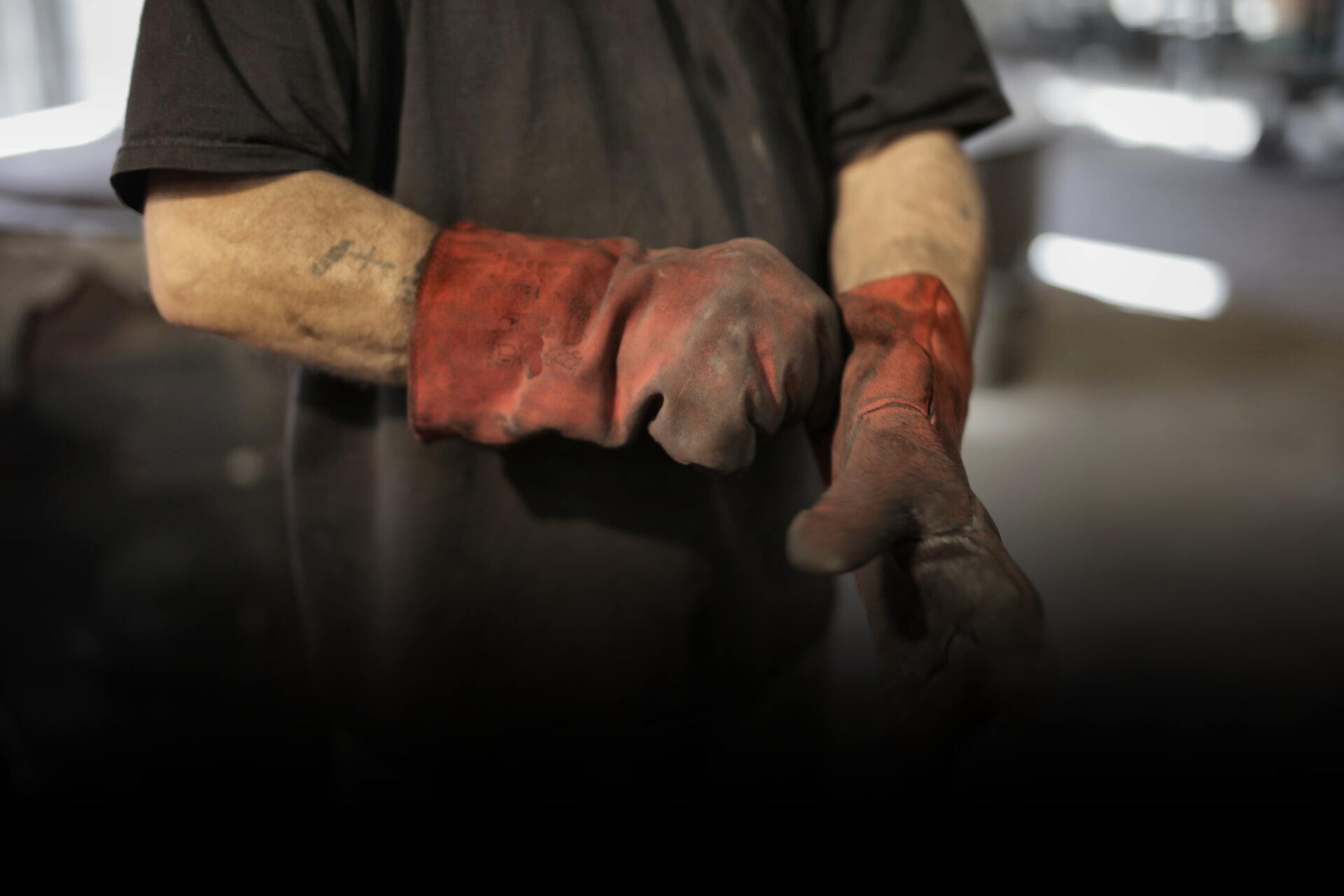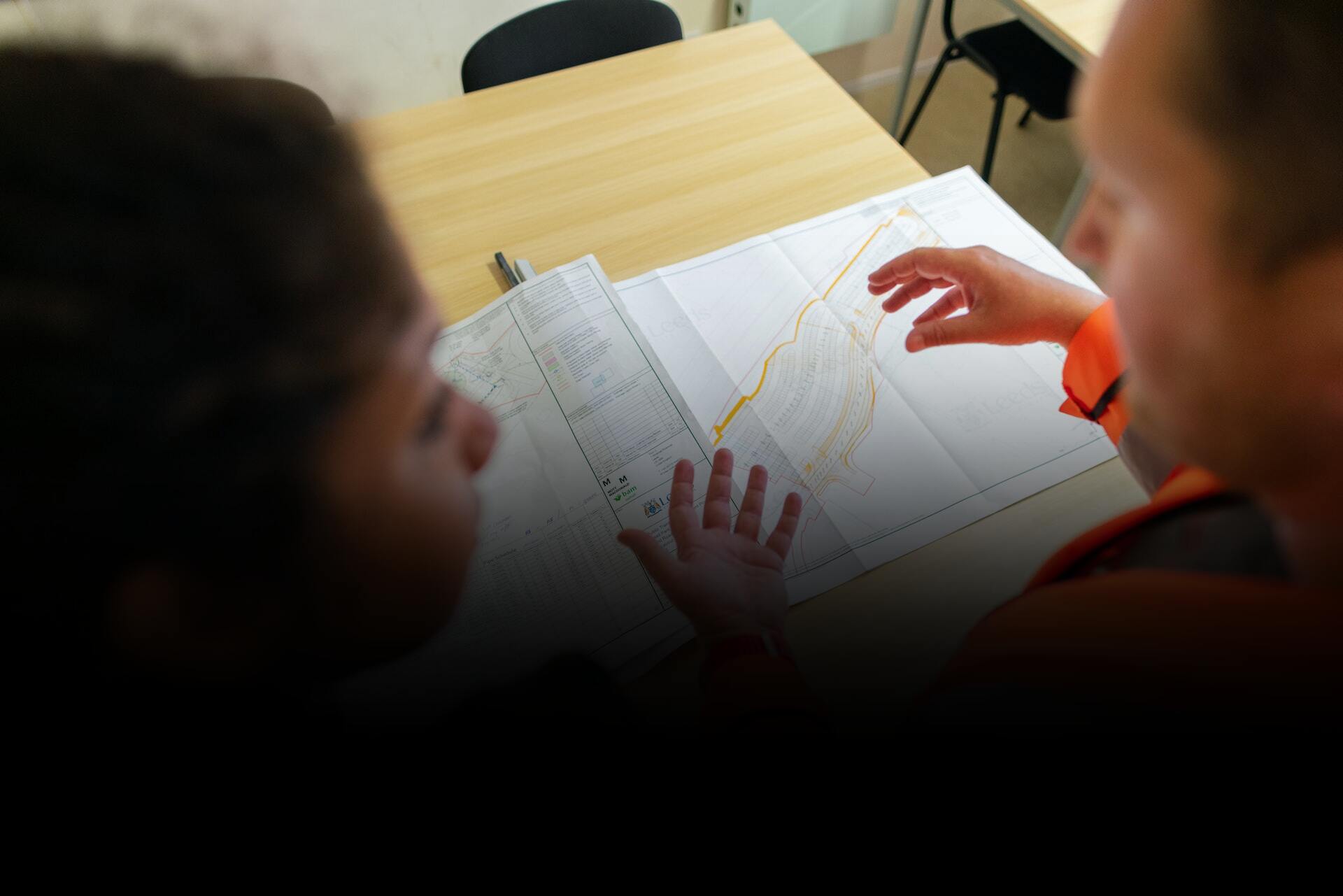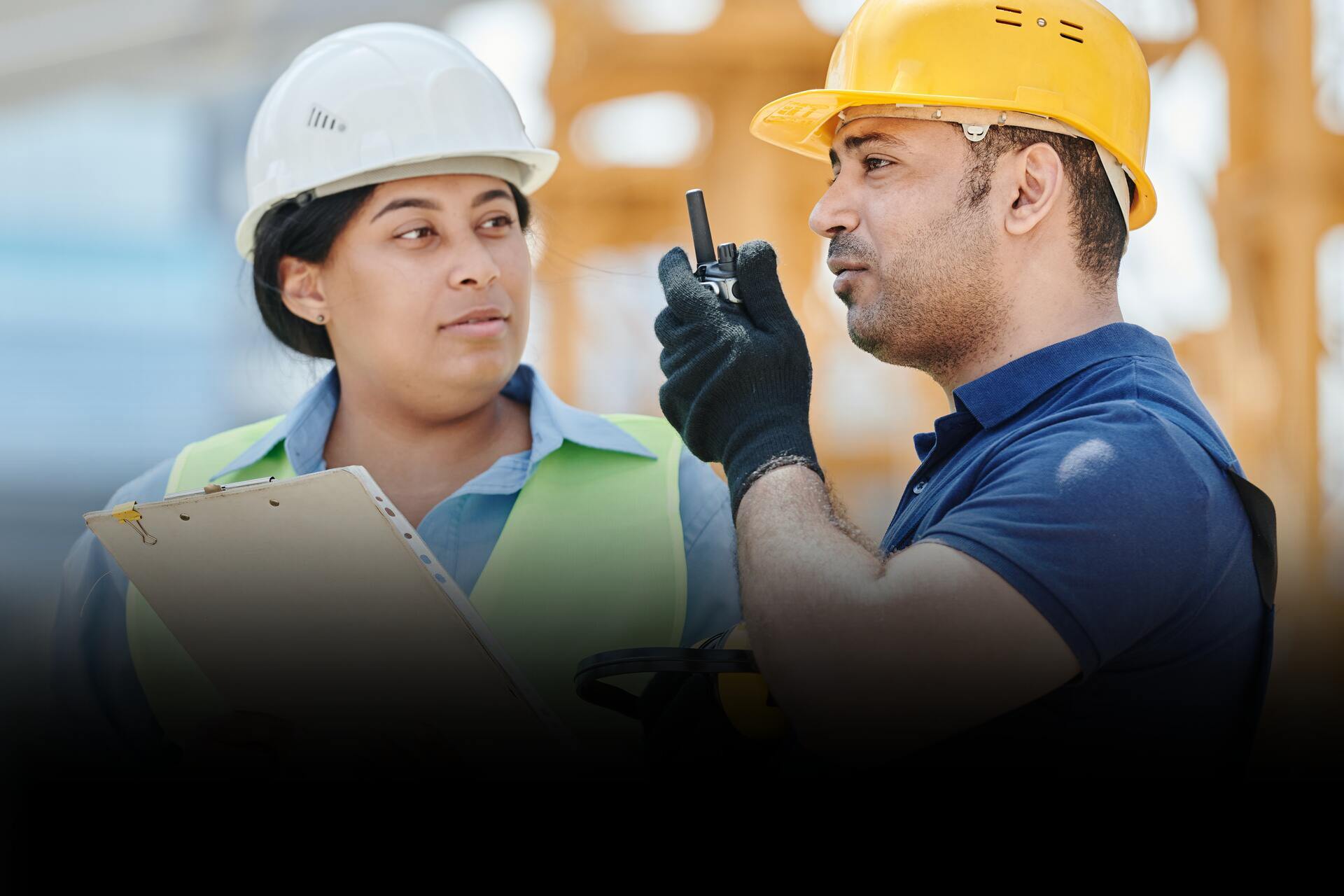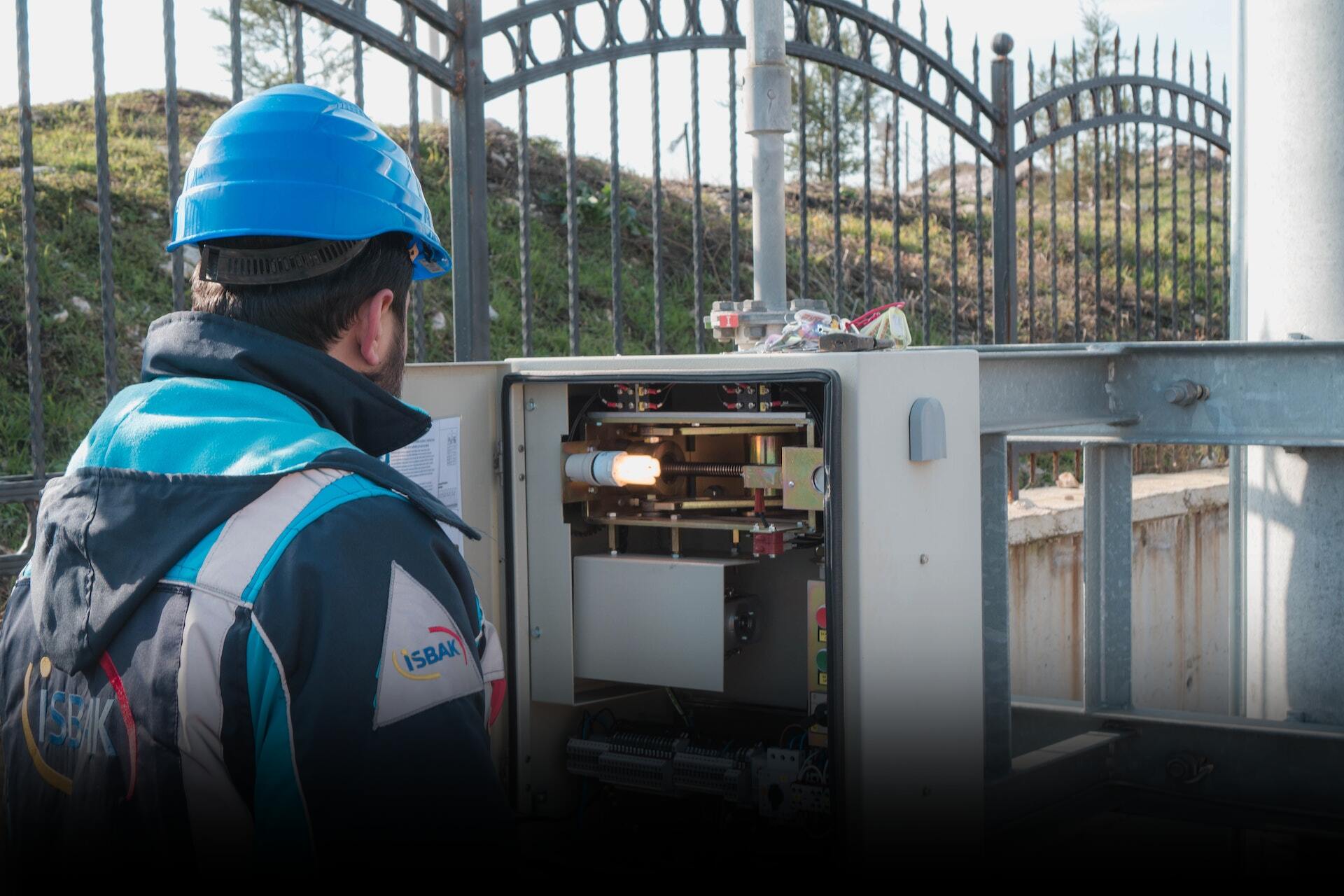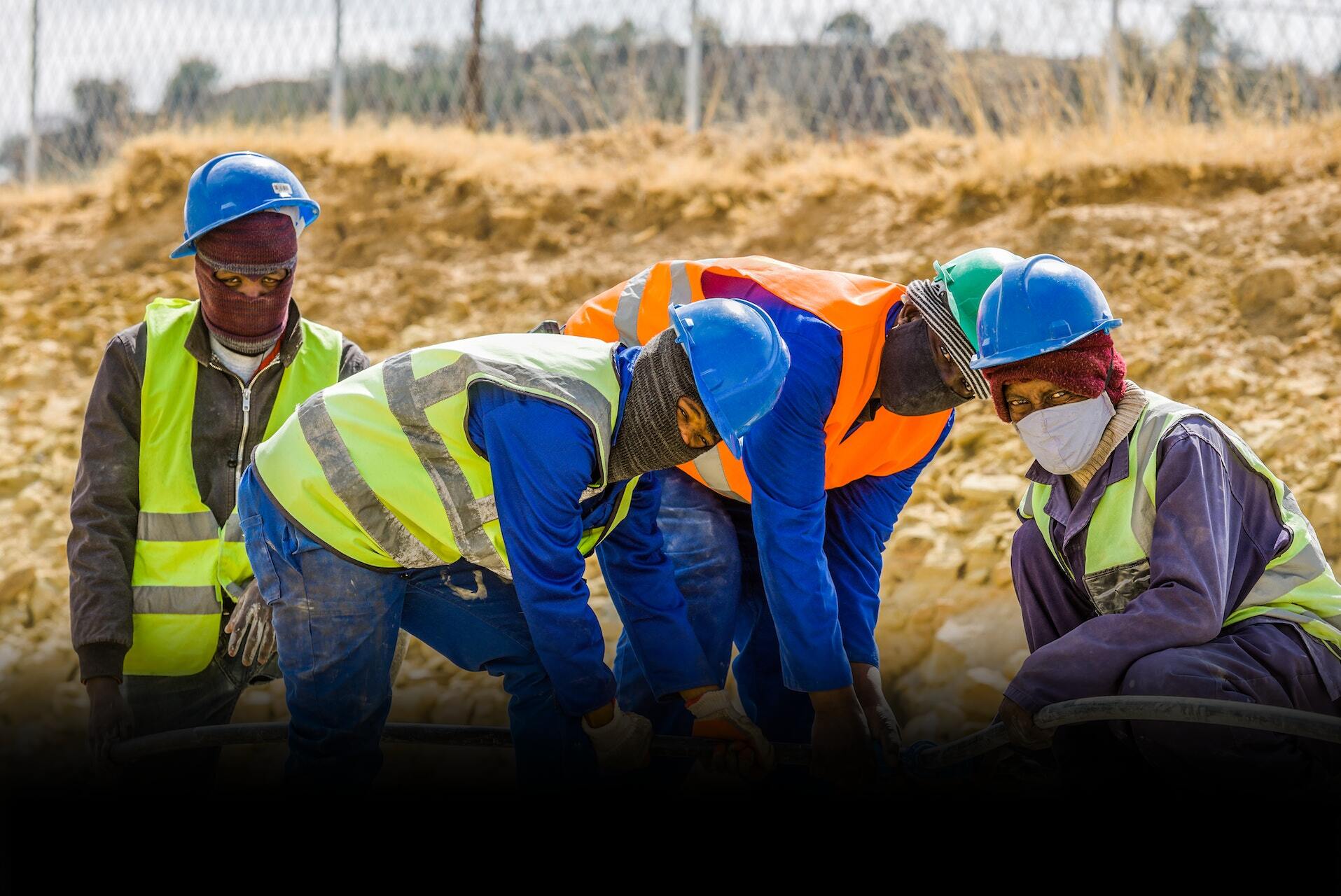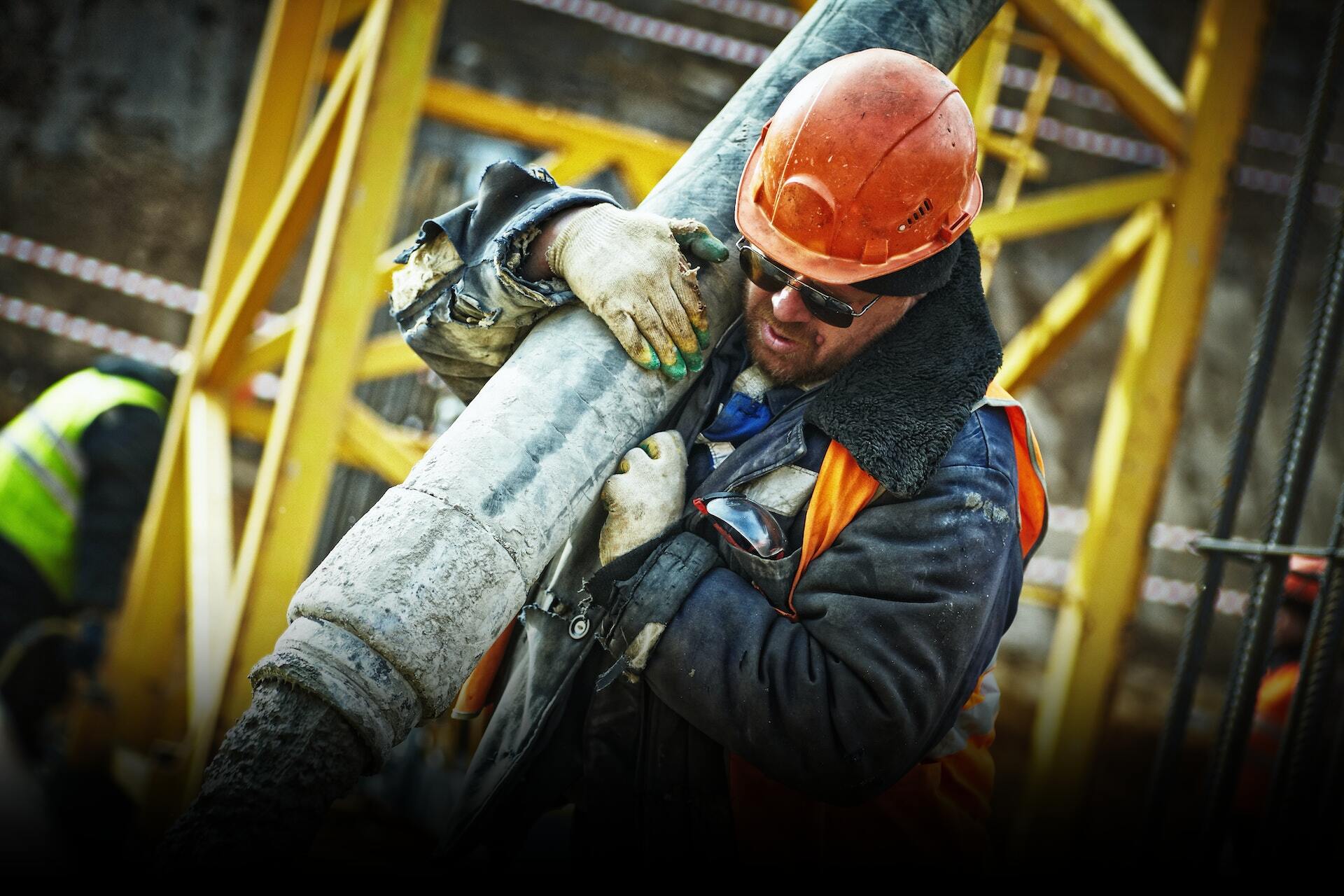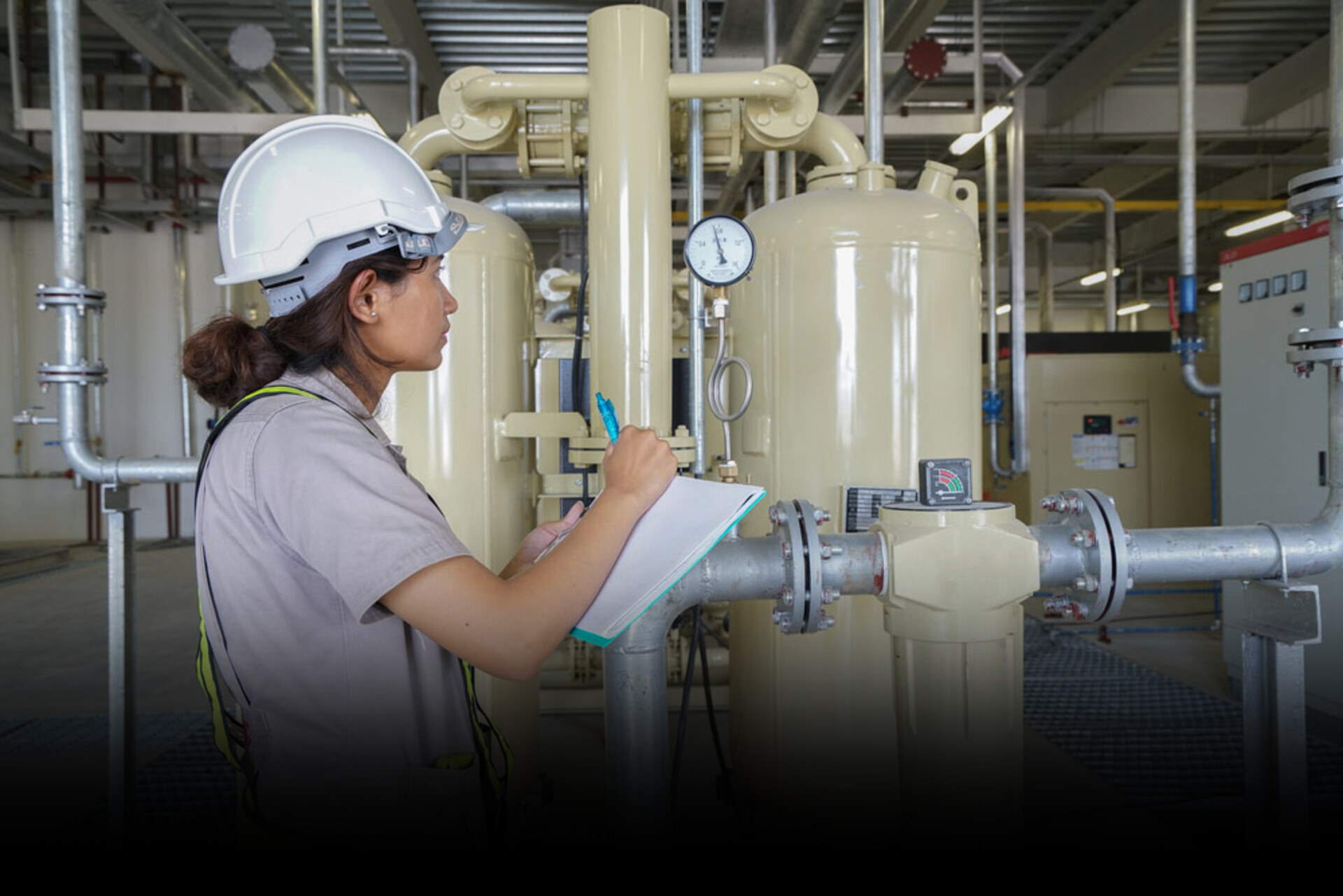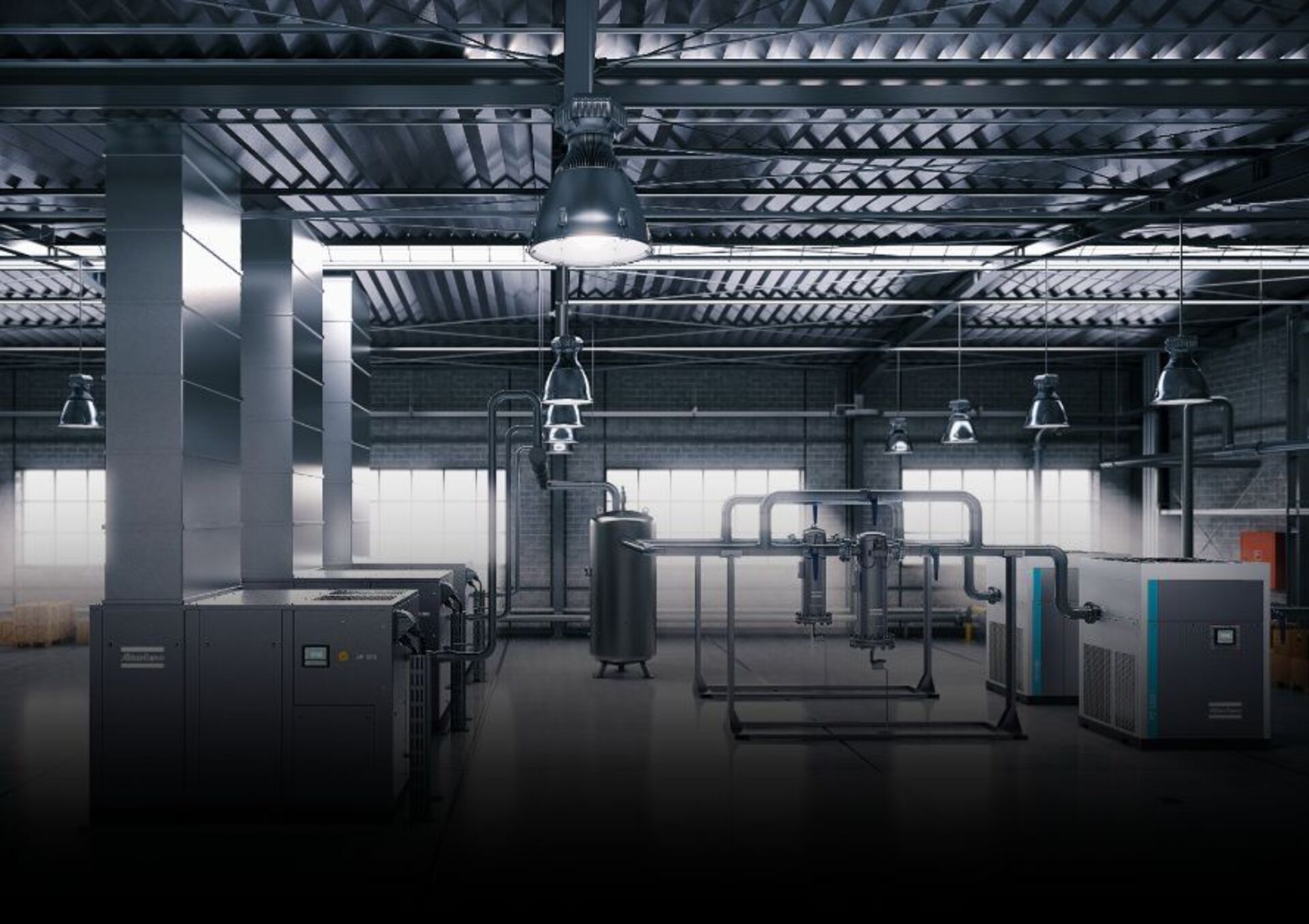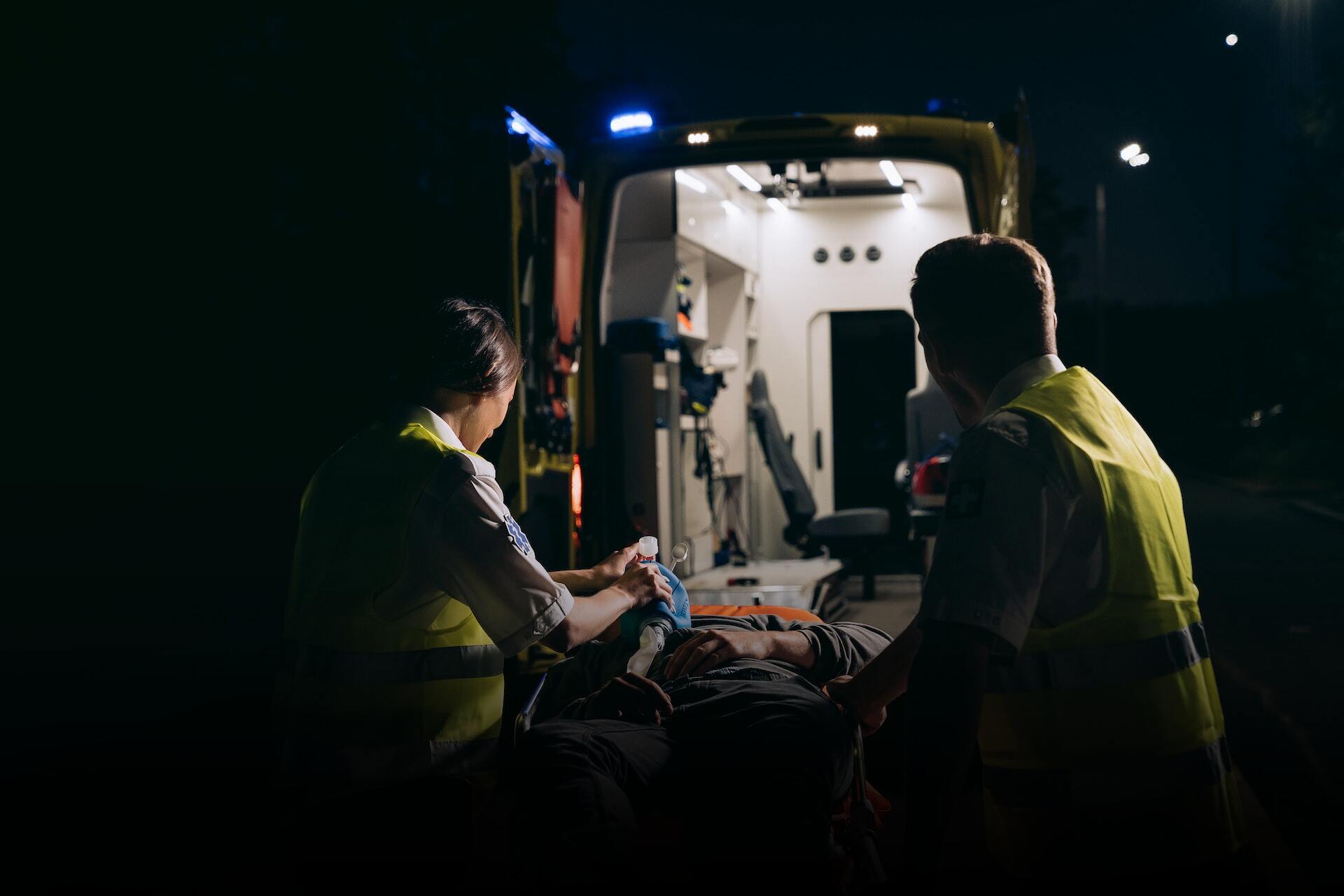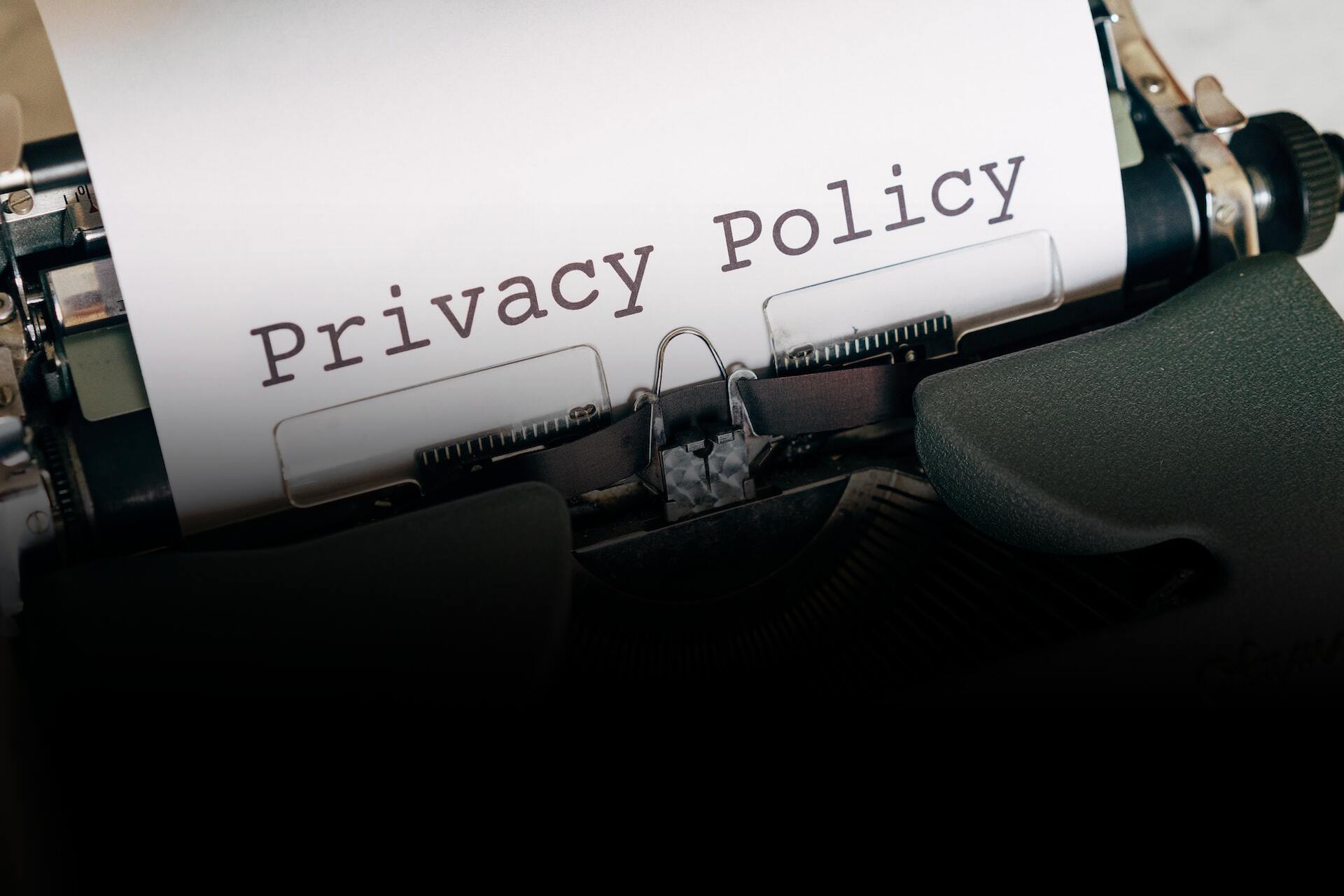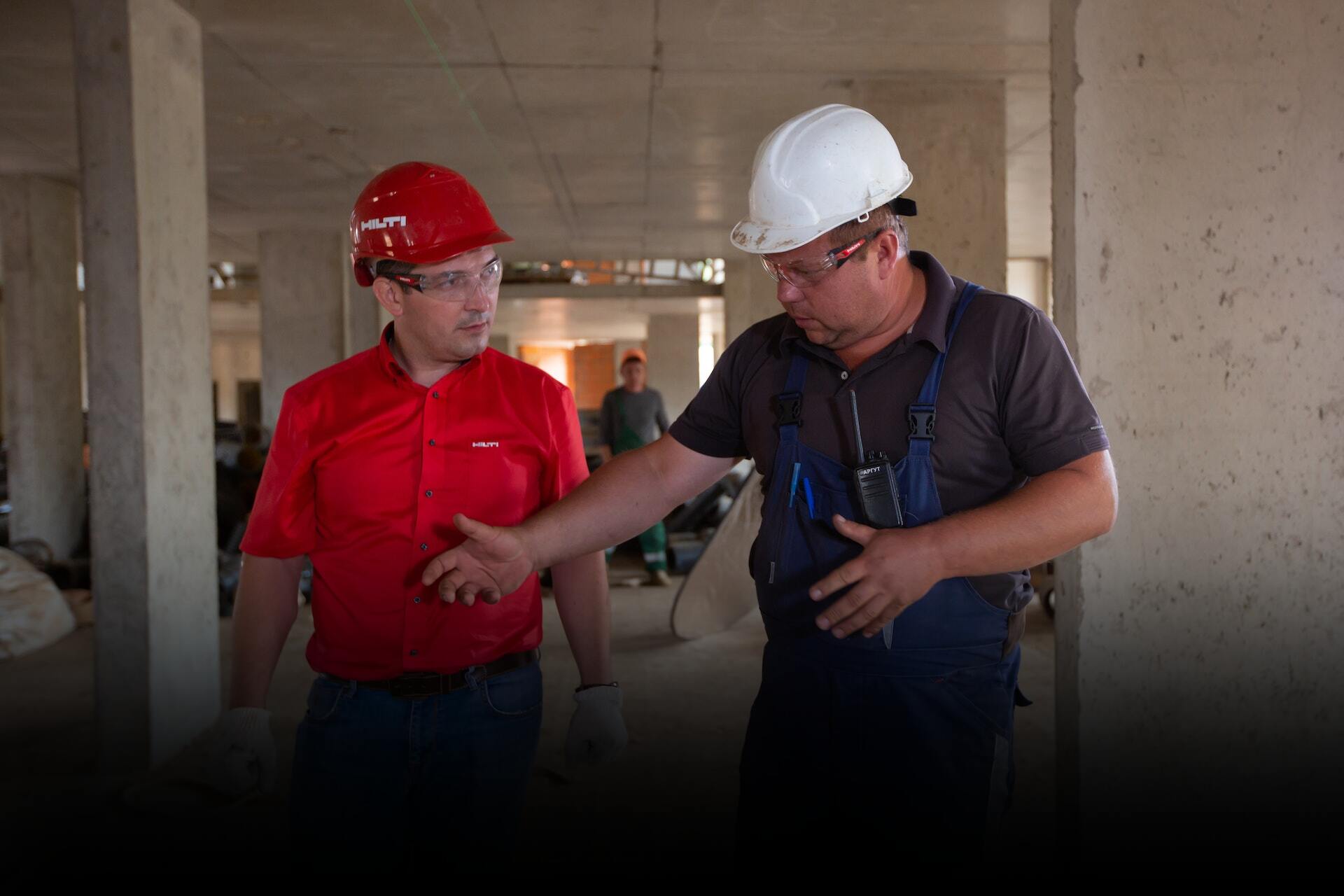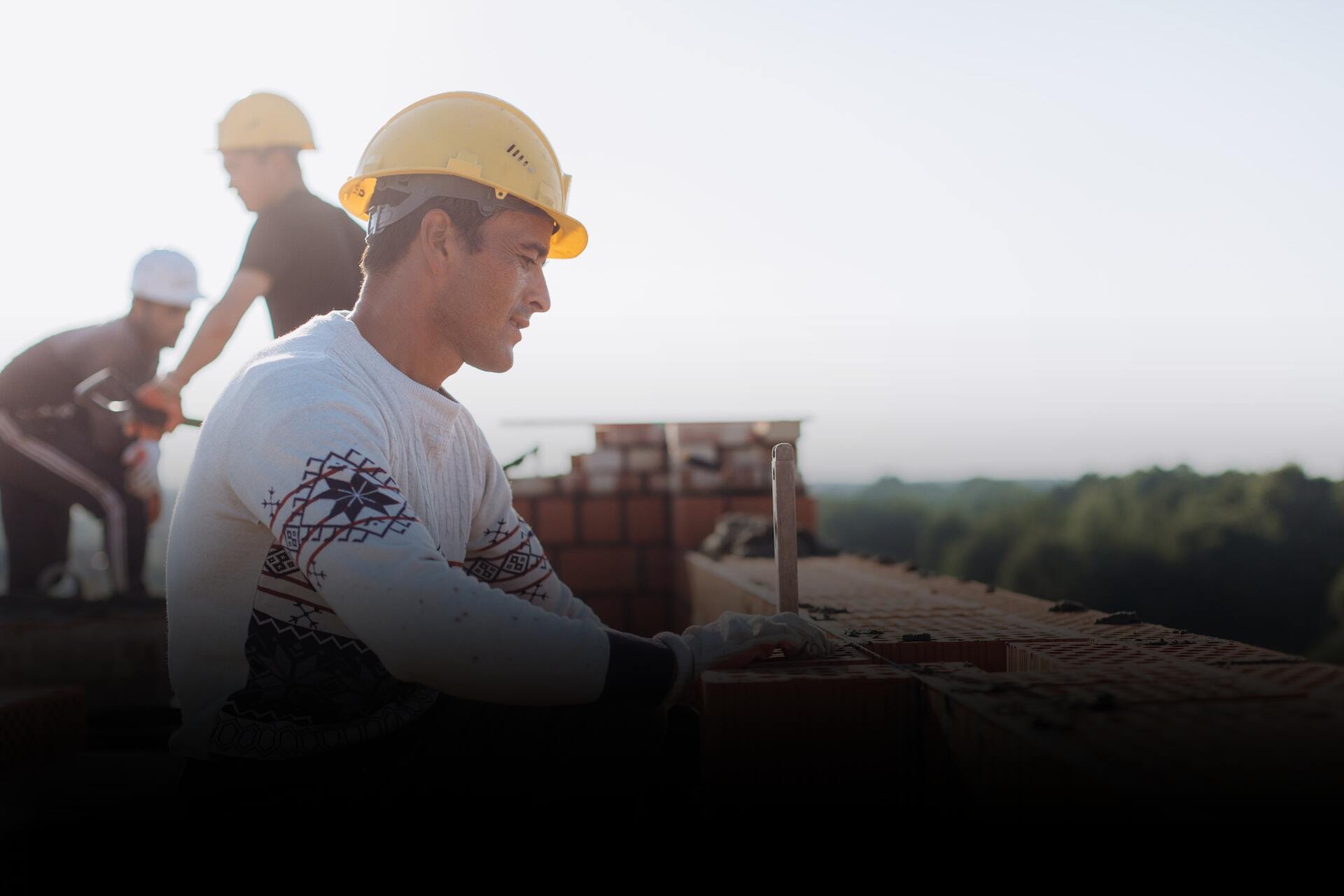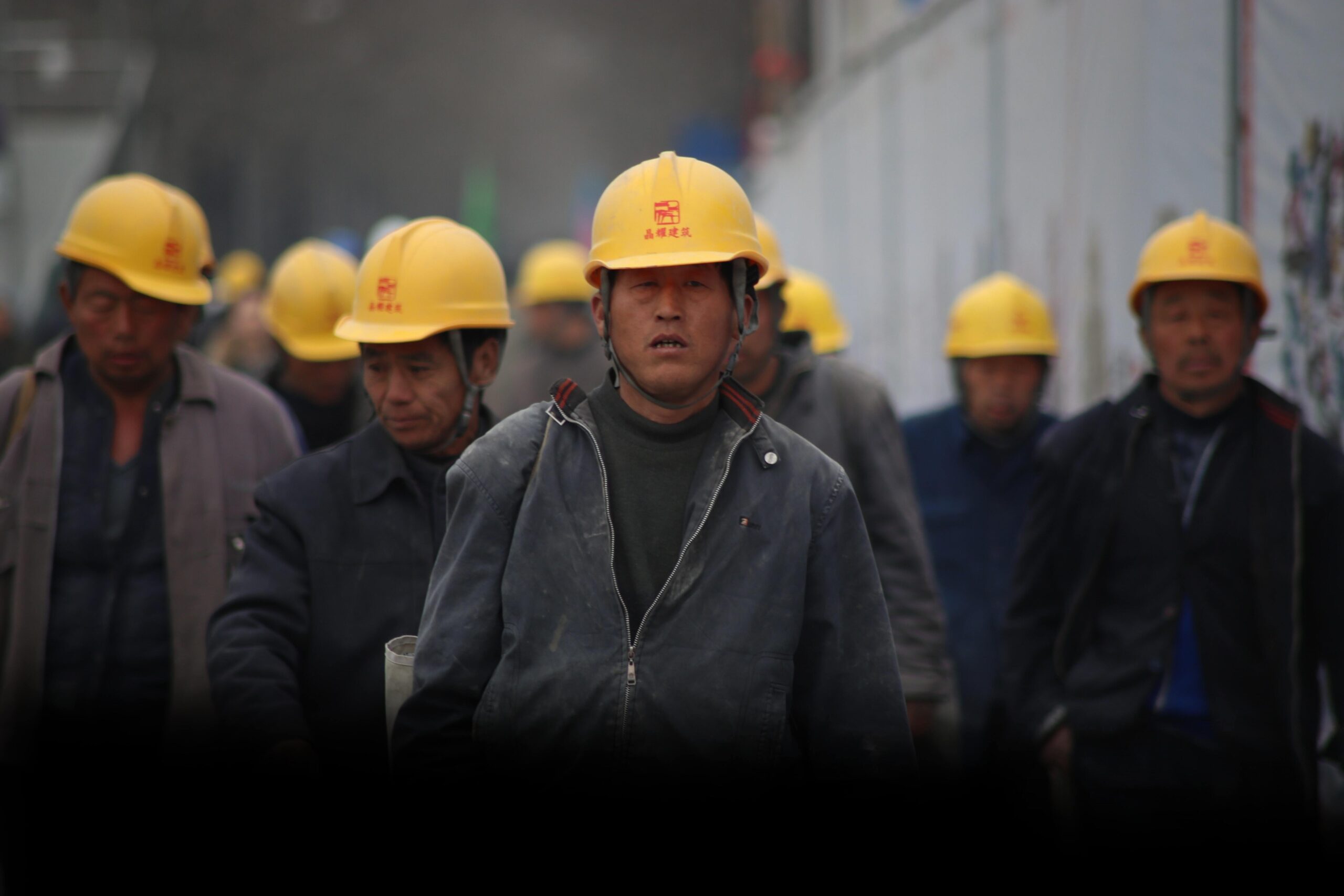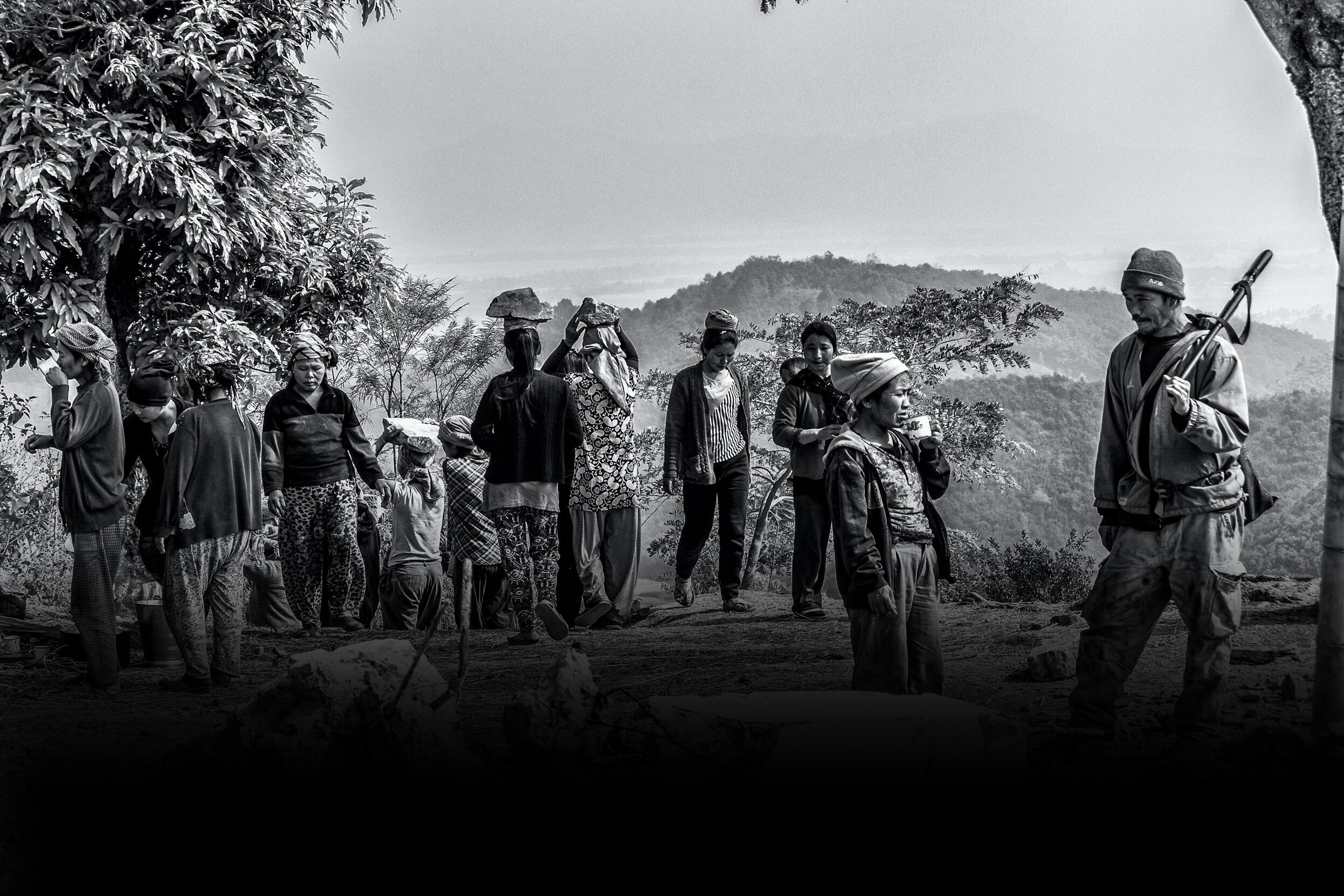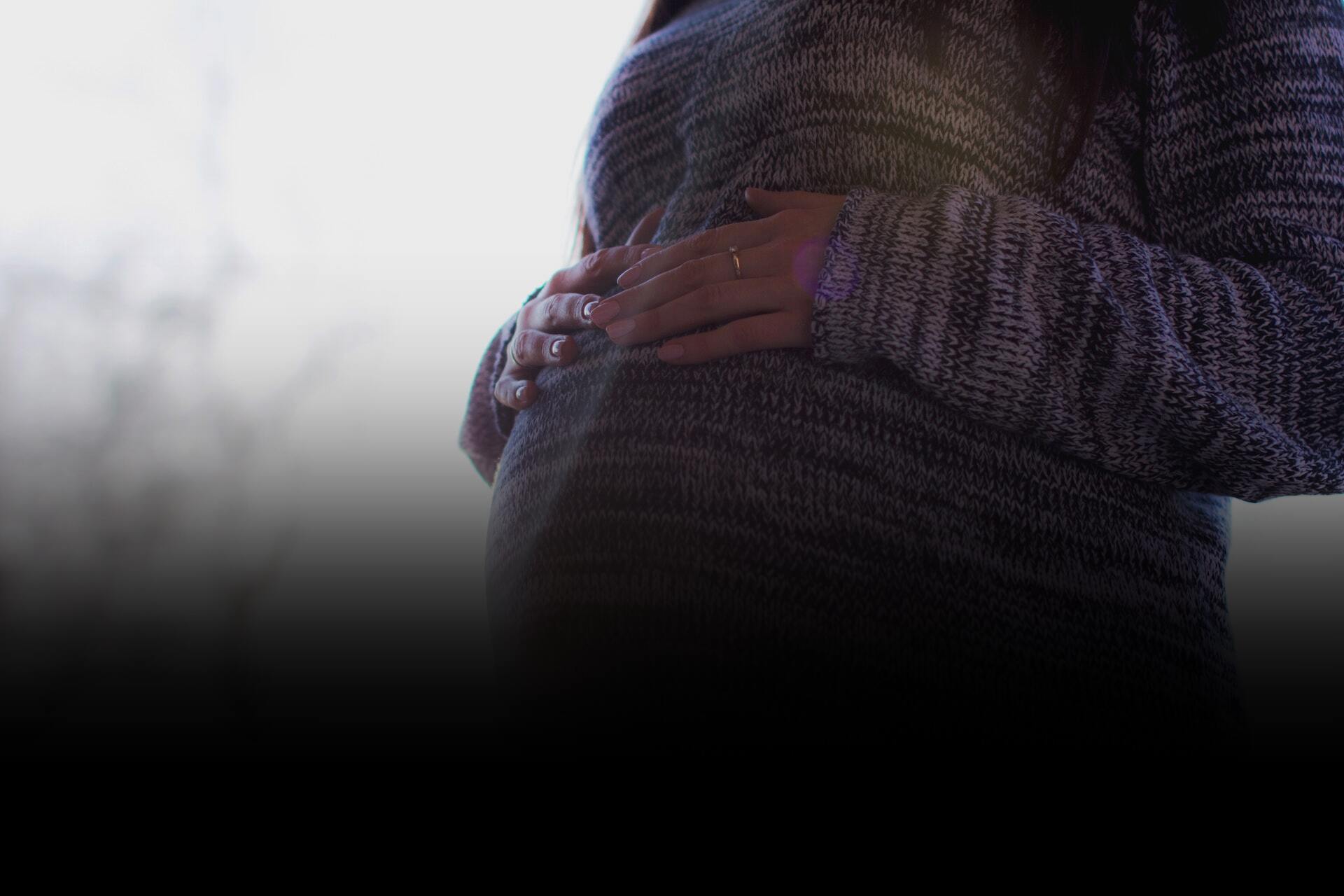
Risk assessment has to focus on all hazards and risks in the workplace and specify groups who are affected by certain risks. However, sometimes a specific R.A is written regarding one person, or one specific group of workers because they are considered special cases or more vulnerable to particular hazards, such as young or old, disabled, lone workers, expectant women, and nursing mothers.
a) Expectant Women and Nursing Mothers
Occupations at Risk
Pregnant and breastfeeding women are more at risk from certain types of hazards that mostly present a risk to the baby in the womb. Usually, during pregnancy, women are no more likely to catch an infection than normal. However, infections like chickenpox are more severe in pregnancy. At the workplace, pregnant or breastfeeding mothers are exposed to infections from the working environment, and colleagues the same way from friends and family outside the workplace.
Infection Hazards at Work Include:
- Human blood and body fluids
- Infected animals (parrots, turkeys, pigeons, ducks, cats, rodents, rabbits and sheep)
- Laboratory
- Water or food contaminated by human or animal feces.
Posture and Position
Sitting or standing for long periods, lifting heavy loads, or having poor body posture at the workstation can lead to problems at different stages of pregnancy or after returning to work, according to the individual’s abilities and working conditions.
Working Conditions
Mental and physical fatigue generally increase during pregnancy, so if working hours are long or the system of shifts during the day and night is bad, it has a bad influence on the health of pregnant workers in addition to their vulnerability to work-related stressors.

Exposure to Harmful Substances
Some chemical agents can harm anyone in general, but they are more severe for pregnant women and even their fetus or breastfeeding. So, particularly in a laboratory, provide MSDS and the list of drugs dangerous for pregnant
Lead Radioactive material
Toxic chemicals (mercury) Infectious diseases
Antimitotic (cytotoxic) drugs Carcinogenic substances
Endocrine disruptors Volatile substances and organic solvents
Pesticides Heavy metals
Anesthetic Gases Asphyxiate gases
A more serious concern is where breastfeeding staff are working with chemicals that can enter the breast milk
Infection on Baby
Viruses (German measles), bacteria (Listeria), and parasites (Toxoplasma) can harm the baby. If the baby is infected in the womb, this could lead to premature birth, acute infection or death before birth, or birth defects (damage to the nervous system). In addition to systemic and developmental problems, persistent infections, and miscarriage.
Personal Protective Equipment
YES, although it is the last resort of protection and the weakest, some types of personal protective equipment pose a hazard for pregnant workers. Breathing apparatus can lead to breathing difficulty, particularly for long periods, of time. So, make sure any PPE you provide will be safe and comfortable for pregnant women to use
General Hazards and Risk of Physical Injury
In addition to these specific hazards, there will be more general hazards that present the risk of physical injury, and the consequences for pregnant workers and new mothers can be more serious. Hazards include:
- working at height
- working alone
- work-related violence
- vibration and Noise
- Slipping, Tripping and Falls
- Falling Materials
- Impact by Machinery
- Traffic Routes in workplace
- Environmental Hazards (dust, Fumes)
- Electricity
- Fire and Emergencies
b) Workplace Safety Law
The Management Regulations
Laws, legislation, and decrees regulate rights and responsibilities for both employers and pregnant women. For example, in UK The Management of Health and Safety at Work Regulations 1999 implement the health and safety requirements of the Pregnant Workers. Imposing employers to manage the risks to women of a childbearing age, pregnant workers and new mothers (regulation 16). Seeking advice from a doctor if night work will affect the health of pregnant workers and new mothers (regulation 17). Explains employers’ duties once notified a worker is pregnant, has given birth in the last 6 months or is breastfeeding (regulation 18). The Employment Rights Act 1996 states that suitable alternative work should be offered, if available, on the same terms and conditions, before suspension from work is considered. The Workplace Regulations 1992 state that employers must provide a suitable place for pregnant and breastfeeding workers to rest.
Safety awareness saves lives
– Safety Advisor
Responsibilities By Law
Employer has to provide a risk assessment covering both the impact of the hazard and the risks, including pregnant women. Decide the suitable tasks for pregnant or breastfeeding woman may perform special reduce exposure to physical workplace by assign the pregnant woman to other tasks fits to her case
Her line manager, along with Occupational Safety and Health representatives, is responsible for the pregnant woman’s work being planned and carried out in safe conditions that do not pose a hazard to the pregnant person or the fetus.
Pregnant women are responsible for working with their colleagues to create safe working conditions and comply with pregnancy at work rules, and she has to inform her line manager of her pregnancy as early as possible to facilitate planning, especially if she works in a laboratory.
c) Control Measures
- Work should be organized so that risks are eliminated
- Assess all risks in the workplace from infection to pregnant women
- Provide general assessment, including pregnant women
- Ensure that breastfeeding women are not exposed to health risks
- Although it is not stated by law, if possible, provide a safe environment to express breast milk and store it in a fridge.
- Encourage them to care of immunizations or health checks recommended
- But it should only be under the direction of a medical practitioner.
- Remind pregnant employees of the general health advice about minimizing the risk of catching infections
- Set Control measures for General hazards and risks by:
-
- Avoiding the use, or exposure to, of sharp objects
- Preventing puncture wounds, cuts and abrasions
- Provide visor or goggles/safety spectacles and a mask for splashing
- Avoiding contaminated clothes by protective/disposable clothing
- Provide rubber boots or plastic disposable overshoes
- Provide basic hygiene practices in the workplace, including hand-washing
- Prevent risk of falling, slips and trips
- Prevent them to go up ladders provide information about
- The procedures for reporting their pregnancy
- Cleaning, storage and disposal procedures
- The emergency procedures they must follow
- Other Controls:
-
- From about 13 weeks, organizing her work so that she can alternate between seated and walking/standing work
- From about 13 weeks, not lifting loads greater than 10-12 kg from 20 weeks, dragging and pushing of loads should be minimized
- From 25 weeks, not lifting more than 5-6 kg because of the increased distance to the load.
- Prevent her whole-body vibration
- Pregnant women should avoid direct contact with ultrasound frequencies (above about 18,000 Hz)
- Pregnant woman should avoid extreme heat (> 35 C).








